There are several ways to soundproof a room from traffic or neighbours, from improving the fabric of the building, to quick-fix DIY cheap soundproofing solutions that you can implement immediately.

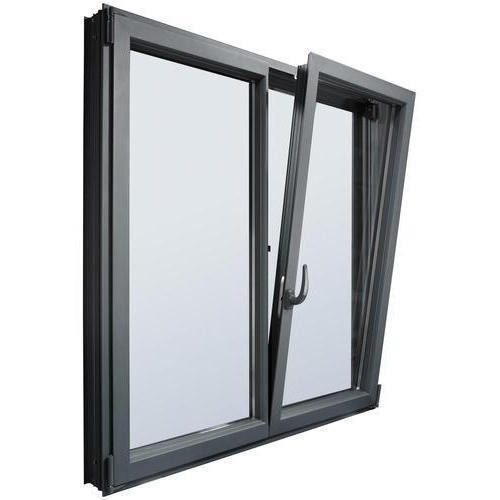
At Meidoor window, we offer a wide range of acoustic insulation solutions to suit your needs. Our team of experts can help you to choose the right type of insulation for your specific requirements. We use only the highest quality materials and our installations are carried out by experienced professionals.
Ideally the secondary glazing should have a different thickness of glass than the primary window to avoid sympathetic resonance which will increase noise transmission. Thicker glass with greater mass provides higher levels of insulation and acoustic laminate glass will improve performance at higher frequencies typically from aircraft noise.
When it comes to window glass replacement, it is critical that you understand the benefits of our glazing options, especially if you want to reduce the amount of noise that enters your home.
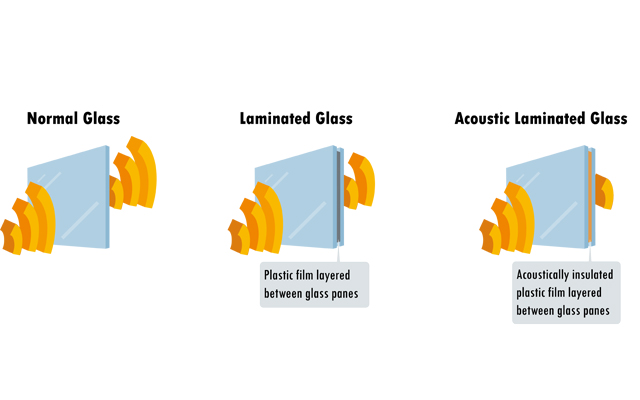
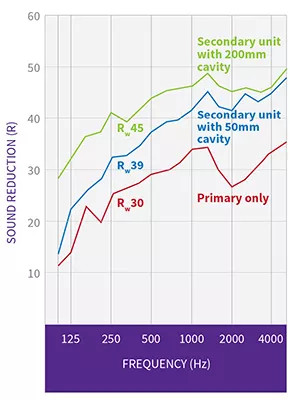
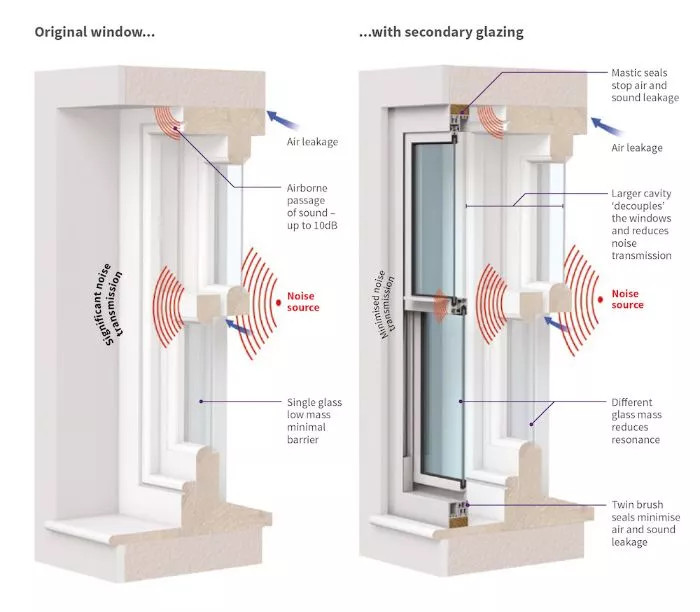

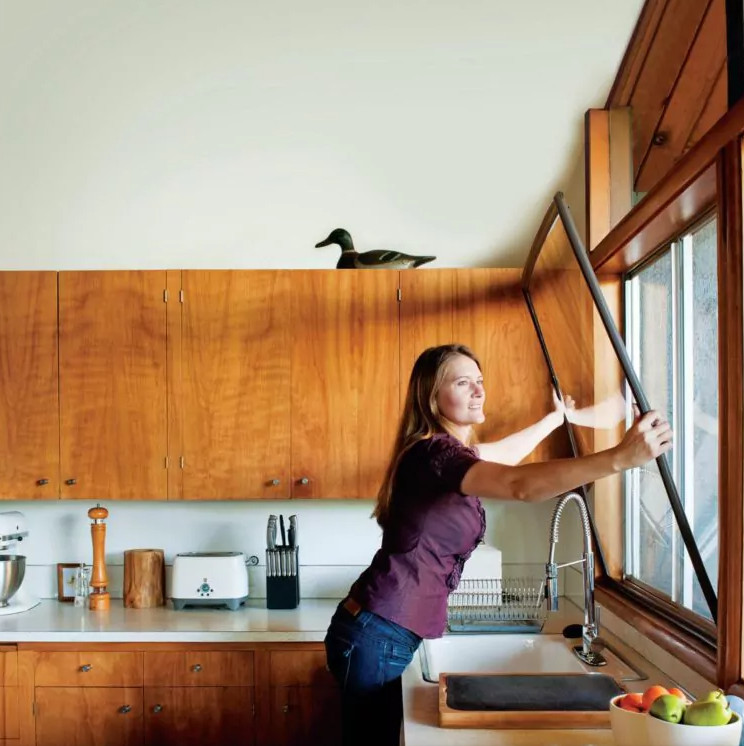
Install window inserts.
If you live in an environment with heavy noise pollution, such as honking car horns, wailing sirens, or music blasting from next door, utilizing soundproofing window inserts is the most effective way to reduce the cacophony. These glass inserts are installed in the window frame about 5 inches in front of the interior face of your existing window. The air space between the insert and the window keeps most sound vibrations from passing through the glass, resulting in greater noise-reduction benefits than double-pane windows alone (more on these ahead). The most effective inserts are made of laminated glass, a thick glass consisting of two layers of glass with an intervening layer of plastic that effectively blocks vibrations.
Replace single-pane windows with double-pane equivalents.
Despite the Triple glass , we always recommend acoustic double glazing to our customers.
The reason for this is because we’ve seen the weight of triple glazed glass significantly shorten the lifespan of windows and doors due to the additional strain it puts on the hinges and rollers.
Recent technological advancements in the fabrication of the interlayer contained within laminated glass have resulted in an improvement in acoustic performance.
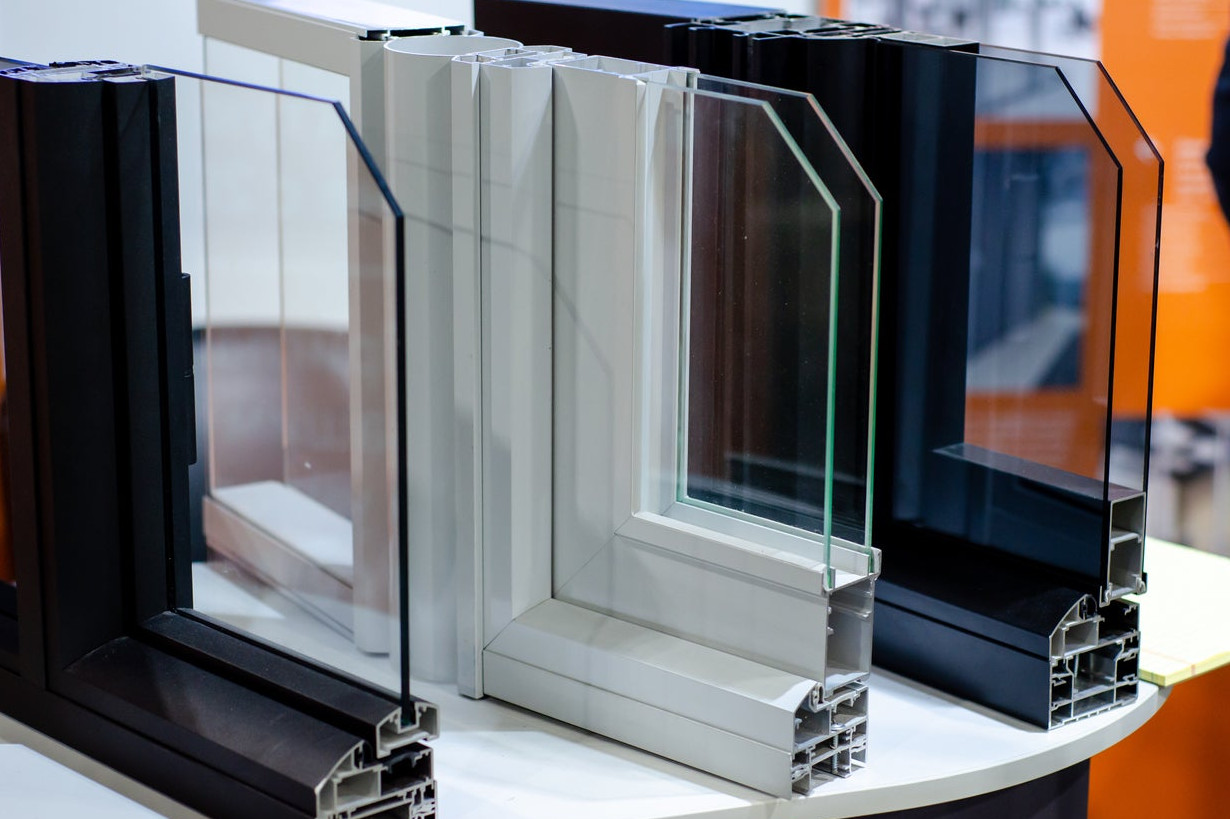
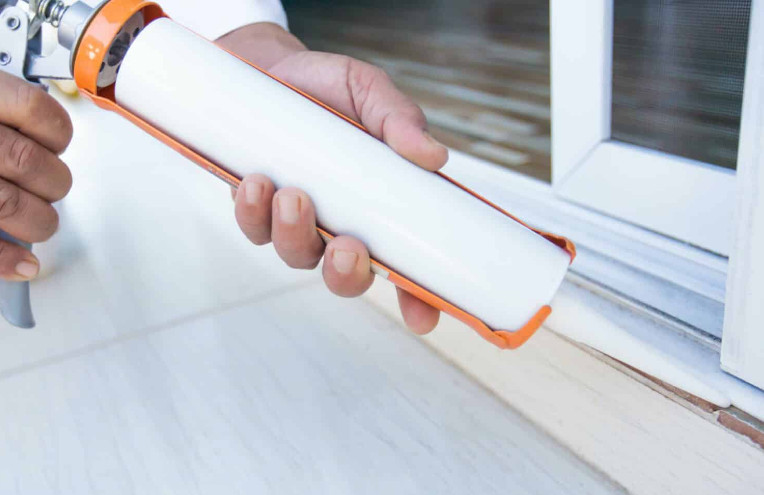
Seal gaps along windows with acoustic caulk.
person using a caulking gun to caulk windows
Photo: istockphoto.com
Small gaps between a window frame and an interior wall can let outdoor noise into your home and keep your windows from performing at their STC rating. A simple way to seal these gaps is to fill them with an acoustic caulk, such as Green Glue Acoustical Caulk. This noiseproof, latex-based product reduces sound transmission and maintains windows’ STC but still allows you to open and close the windows.
Hang sound-dampening curtains to block outside noise.
Many of these window treatments also serve as quality blackout curtains, which have a foam backing that helps block out light. Curtains that absorb sound and block light are great options for bedrooms and other spaces designed for sleep and relaxation. They are especially popular with folks who work night-shift hours and sleep during the day.
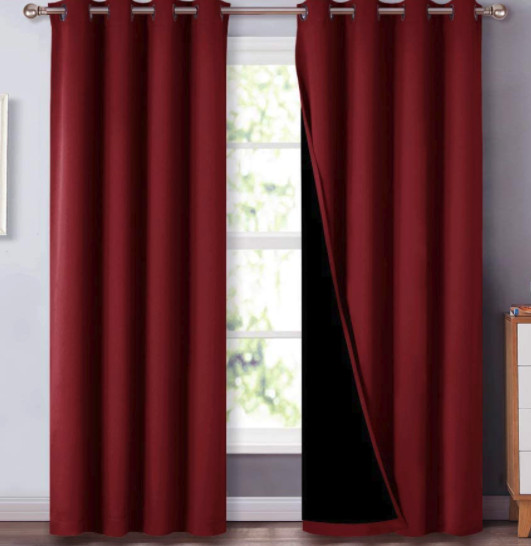
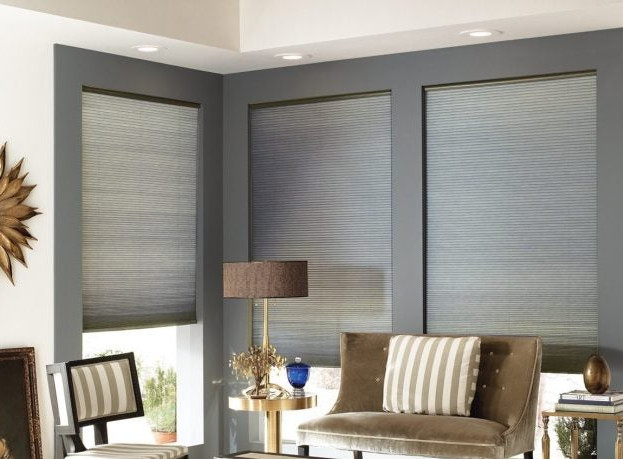
Install double-cell shades.
Cellular shades, also known as honeycomb shades, consist of rows of cells or hexagonal tubes of fabric stacked on top of each other. These shades serve several purposes: They block out light, prevent indoor heat gain in the summer and retain heat in winter, and absorb sound that vibrates into a room to reduce the echo. While single-cell shades have a single layer of cells and absorb limited sound, double-cell shades (such as those by First Rate Blinds) have two layers of cells and thus absorb more sound. Like sound-dampening curtains, they’re best suited for people who experience low levels of noise pollution.
Our acoustic insulation solutions are suitable for a range of applications, including residential, commercial, and industrial properties. We can provide insulation for walls, ceilings, floors, and even doors and windows. Our products are also environmentally friendly and energy-efficient, helping you to save money on your energy bills.
In conclusion, if you want to create a peaceful and quiet environment in your home or office, then acoustic insulation is the perfect solution for you. At [insert company name], we have the expertise and experience to provide you with the best possible service. Contact us today to find out more about our acoustic insulation solutions.

FAQ
While reading through information on window soundproofing, you may have thought of a few additional questions about the process. Consider these last pieces of advice before you make a final decision about how to block the noise.
The most affordable way to soundproof your windows is to caulk them with acoustic caulk. Remove any existing silicone caulk and recaulk with a product that is specifically designed to block window noise. A tube of acoustic caulk costs about $20. Window treatments are another economical way to soundproof your windows.
If you have single-pane windows or have no soundproofing materials in place, the sound of the wind blowing through the trees may be loud enough to permeate the windows. Or, you could be hearing wind whistling into the house, entering through gaps between window sashes and other parts of the window housing, such as the sill, jambs, or casing.
You can’t purchase 100 percent soundproof windows; they don’t exist. Noise-reduction windows can block up to 90 to 95 percent of sound.
Connect with a licensed soundproofing expert in your area and receive free, no-committment estimates for your project.
Post time: Jul-12-2023



